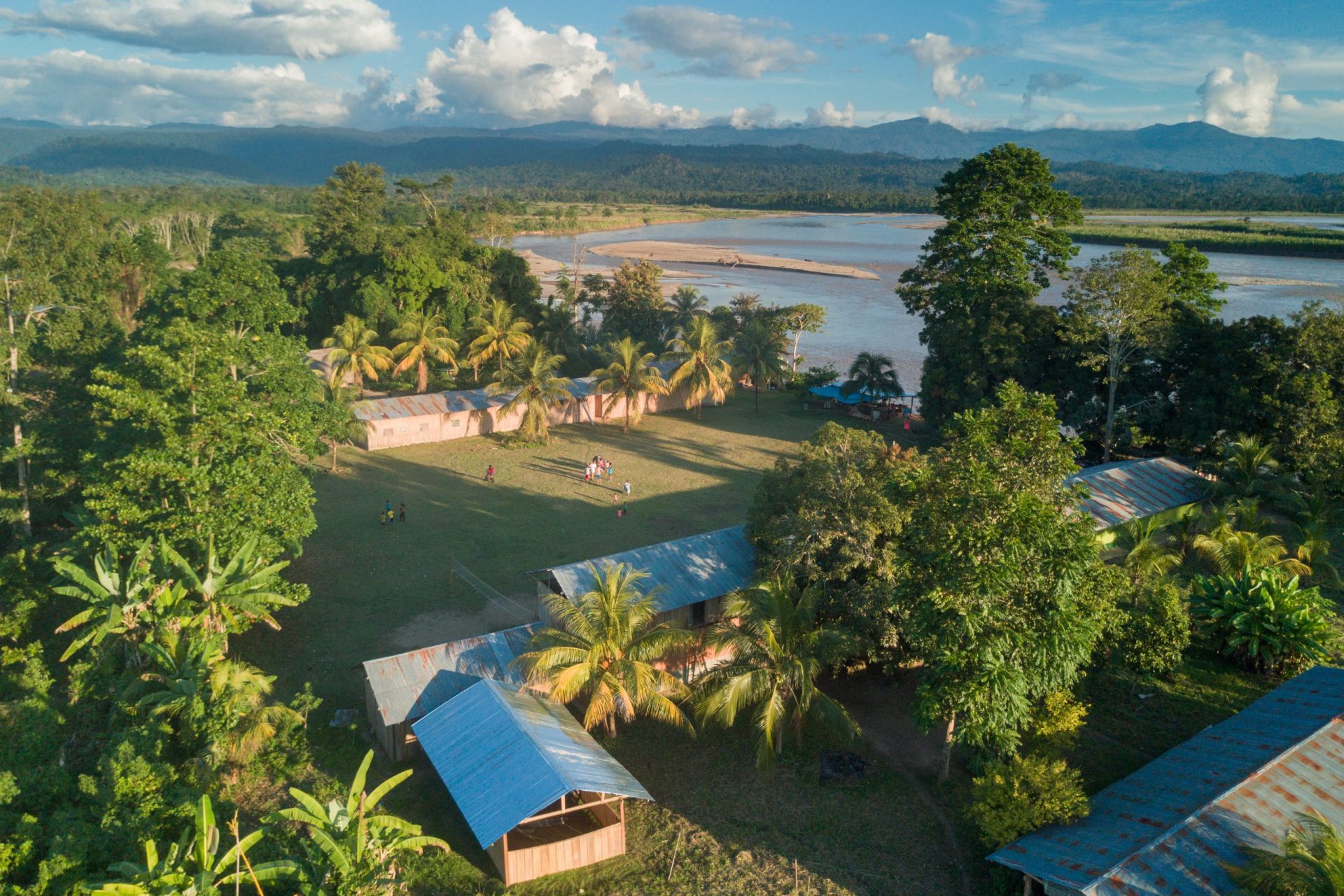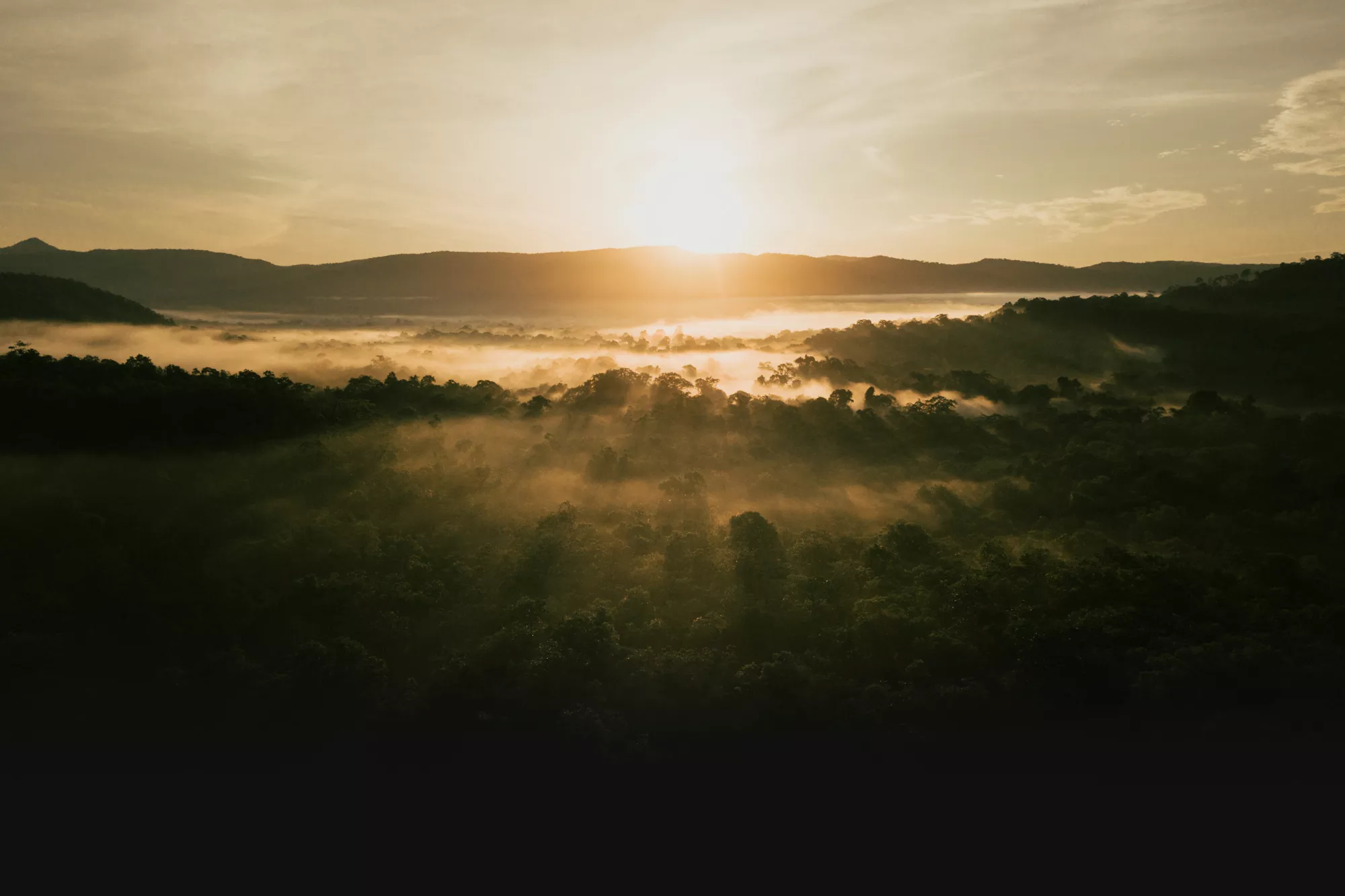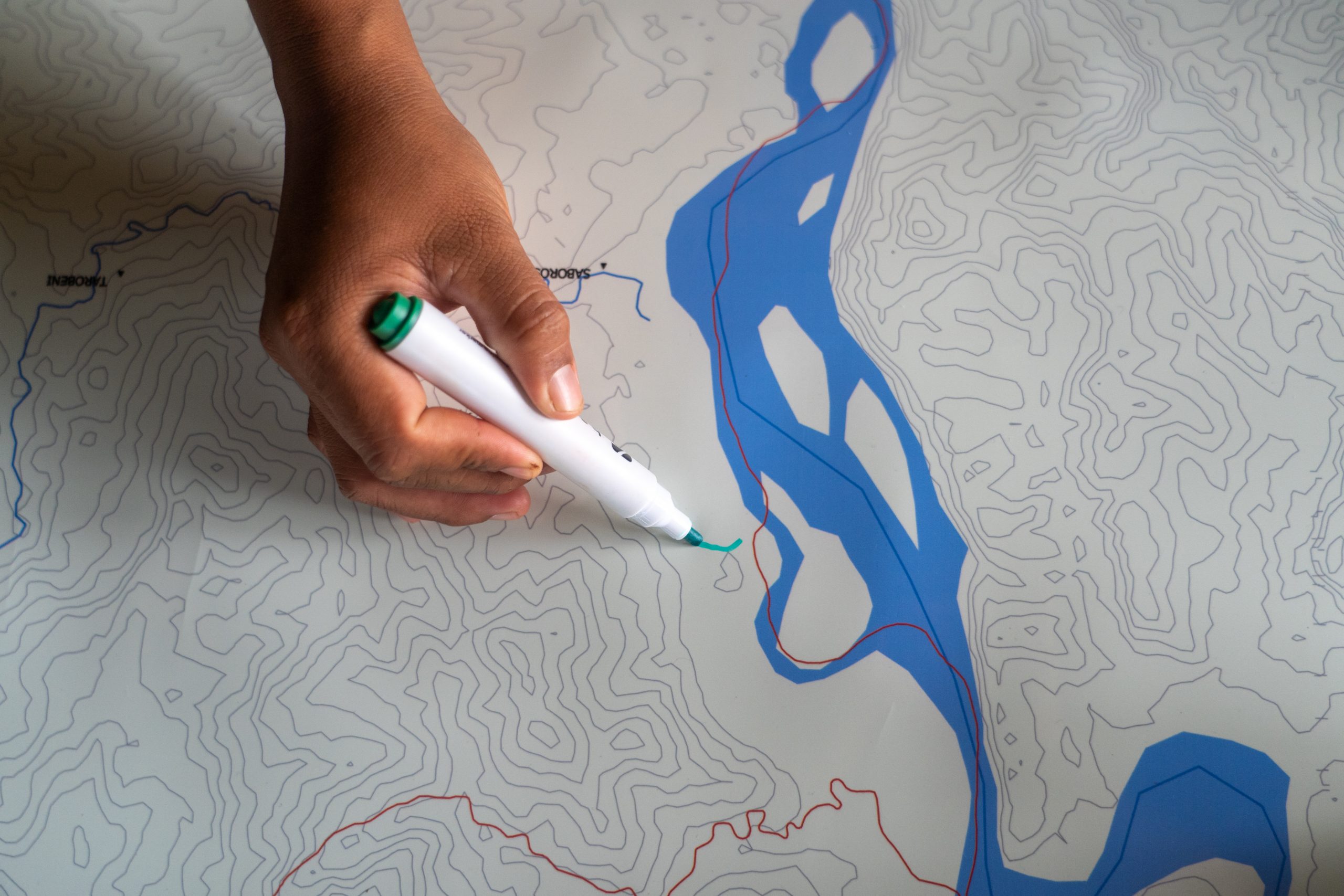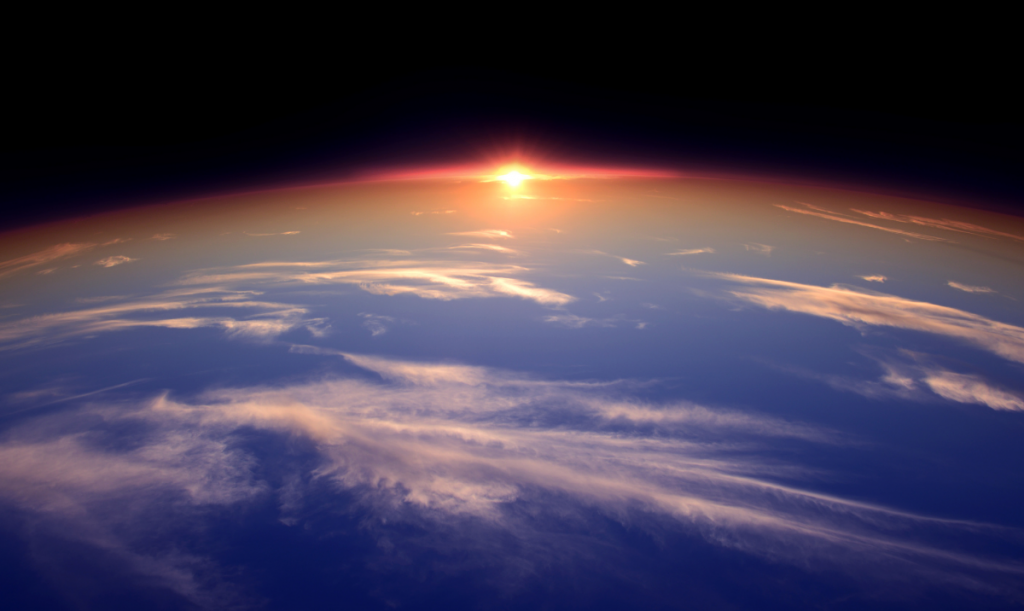The planet is getting hotter but there is still time left.
The climate crisis is no longer an event on the horizon, it’s here. How has this happened?
In the past 200 years, the burning of fossil fuels has released carbon dioxide into the atmosphere heating our planet. This rising heat (we’re talking one degree celsius) disrupts every natural process on earth and threatens the biodiverse systems that sustain our lives as we know them.
Deforestation is not the sole cause of climate change but it is significant, being responsible for 8% of CO2 emissions. More importantly, keeping rainforest intact can provide 23% of climate mitigation urgently needed to cool our planet. [1]https://www.wri.org/insights/numbers-value-tropical-forests-climate-change-equation
We are living in a time where more people than ever before are united against the climate crisis.
Never have we as a species seen so much consensus, and action, as we do in fighting the climate crisis. Protecting rainforest is desperately underfunded, but you can change that. We can fill in the gaps, make mighty leaps and transform the fate of some of the largest carbon sinks on earth.
Now is the time to use our human potential and act now.
References
| ↑1 | https://www.wri.org/insights/numbers-value-tropical-forests-climate-change-equation |
|---|





